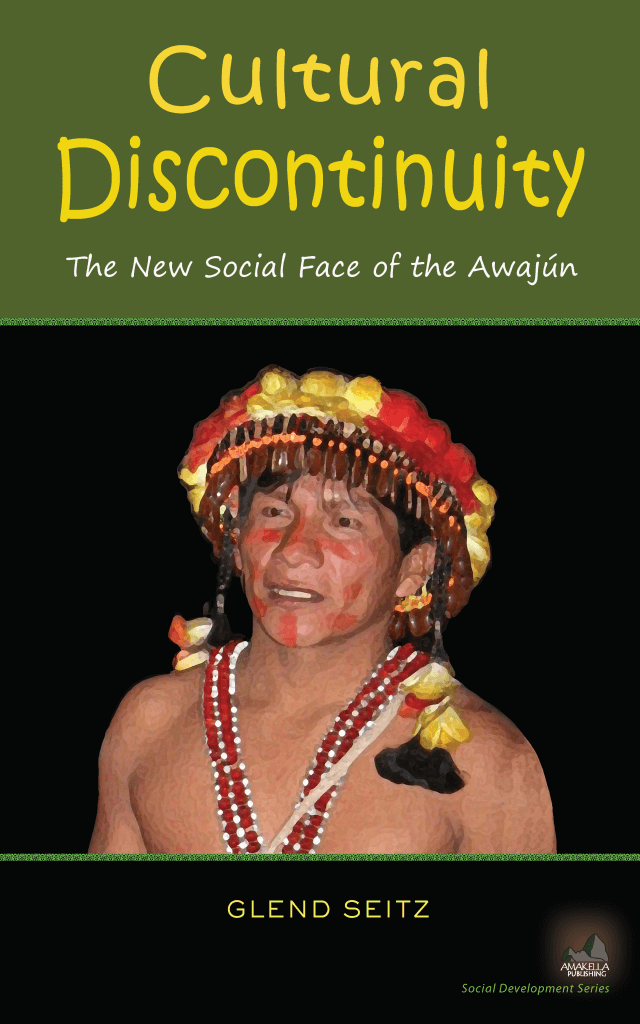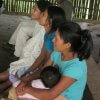Cultural Discontinuity: The New Social Face of the Awajun
Intercultural relations among the Awajun have been creating a series of ruptures in their social fabric and defining a new social configuration
Over time, indigenous groups in the Amazon region have developed subsistence strategies and cultural practices, reflecting a long process of cultural adaptation.
However, the intensification of their intercultural relations during the last few decades has been in many cases creating a series of ruptures in their social fabric—disruptions that have significant implications for their traditional knowledge, subsistence practices, and social interactions.

Among the Awajun, this is particularly apparent in areas such as the perception and use of their natural environment, the relationships between women and men, the interactions between people from different age groups, their patterns of residential mobility, the establishment of working relationships, the diversification of their livelihoods, and the definition of their life goals in general.
This book explores the effects of such cultural discontinuity among the Awajun of the Peruvian rainforest, revealing the patterns of their new social face.
This short book by Glend Seitz is available in hardcover, paperback, and digital editions. Amakella Publishing, 2017. 66 pages. Dimensions: 5 x 8 inches. ISBN-13: 978-1633870239 .

Excerpts from the Book
“Since their arrival, religious missions, schools, and neighboring settlers have been promoting the abandonment of some of the ancestral views and cultural practices of the Awajún.”
“After the roads were built, the government promoted the colonization of those areas without considering that they were already inhabited by the Awajún.”
“The marked generational gap and changes in social roles experienced by the Awajún have been defining a pattern of cultural discontinuity, a break in the transmission of ancestral knowledge between the young and the elders, and the cultural practices associated with them that used to guide their subsistence activities, social interactions, and use of natural resources.”
“Internal heterogeneity, multiculturalism, and changes in gender roles are key features of the new social face of the Awajún, which should be taken into account to understand their culture and society.”
Start reading this book here:



